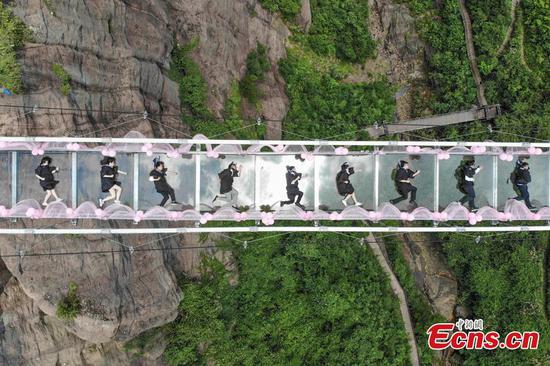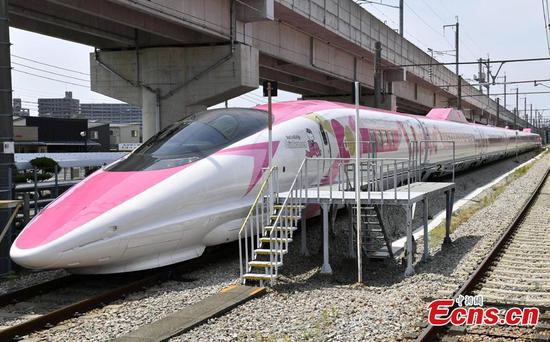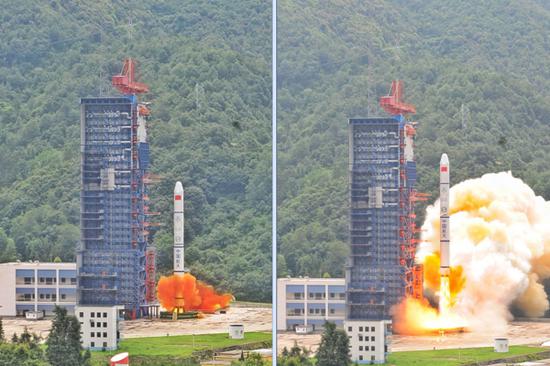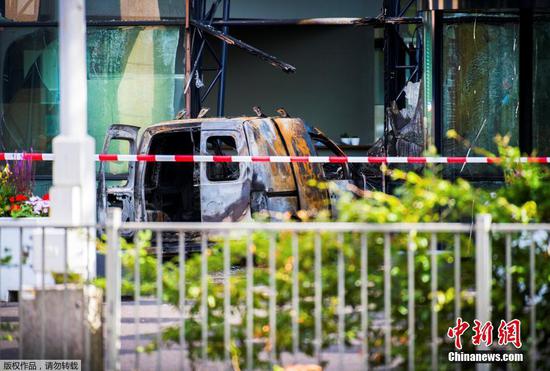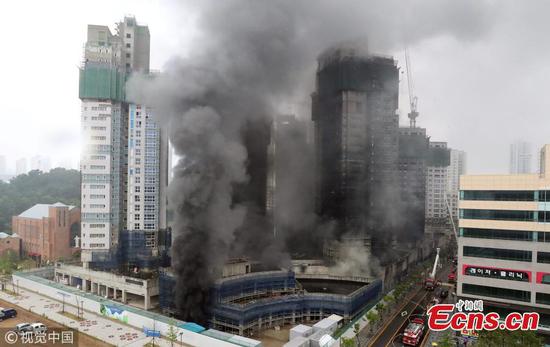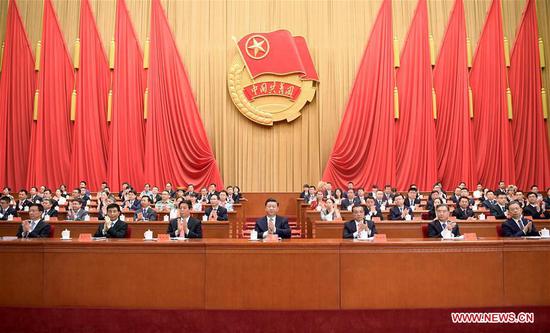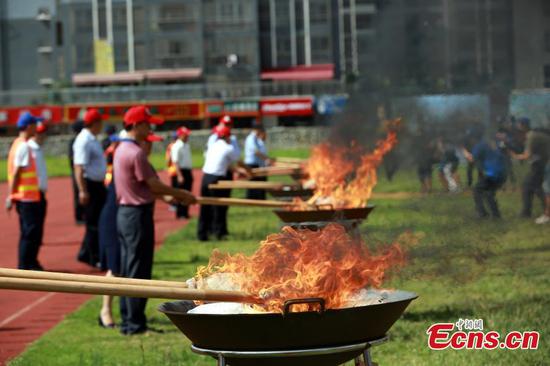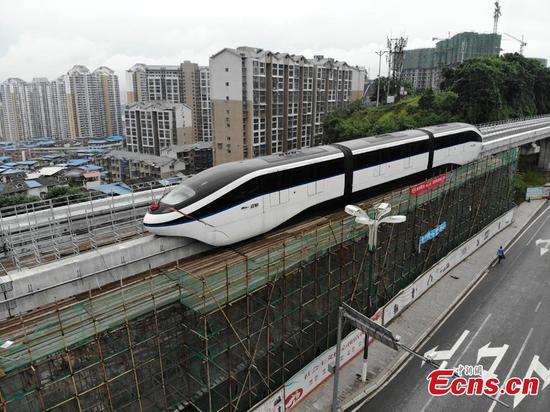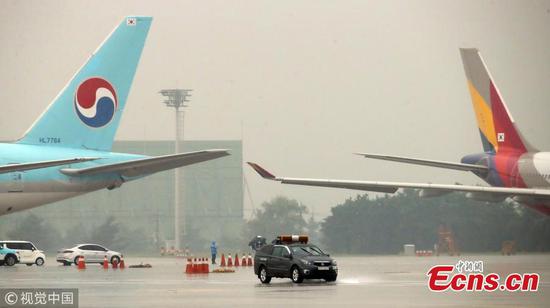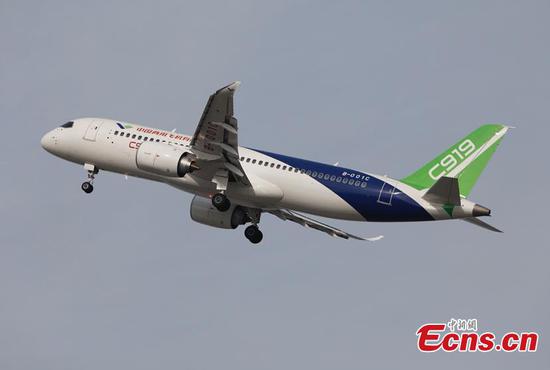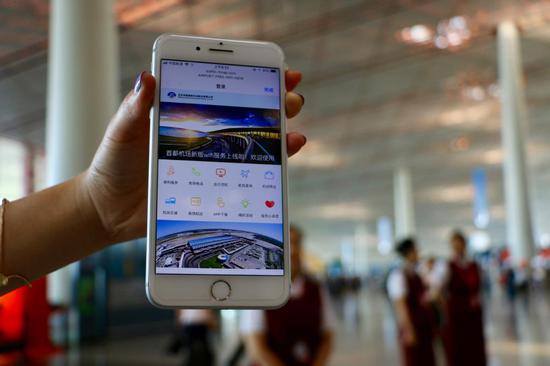
5b3449dca31033495a5771e9
China's busiest airport, Beijing Capital International Airport, said it has taken measures to increase flight punctuality, as midsummer approaches with its frequent storms and heavy rains.
The airport will adopt new measures to prevent lightning from disrupting the system, said Wang Hanlin, manager of the airport's information technology department.
"Lightning creates strong power bursts, which can disturb the buildings in which information systems reside," Wang said. "When the electrical bursts interfere with a building's power supply system, the whole airport system can be affected."
Preventive measures will be taken when thunderstorms approach. For example, a joint management operation system will be set up to keep flight information display boards running normally.
According to the Civil Aviation Administration of China, the punctuality of Chinese flights was only 50.7 percent in July last year, a record low.
The number of thunderstorms affecting the airport will likely be above the 10-year average this year, the Air Traffic Management Bureau's North China regional office said.
In July, rain at the capital's airport is expected to increase significantly over past periods.
The airport also announced on Wednesday that it has launched a new Wi-Fi network that does not have advertisements during the authentication process. Authentication time has been shortened to 5 seconds from 20 seconds.
The technology means that once passengers are authenticated, they won't need to verify their status again for three months.
"It will provide passengers a feeling of returning home when the Wi-Fi is connected," Wang said.
Feng Zhenglin, head of the Civil Aviation Administration of China, said in an interview in March that flight punctuality in China would exceed 80 percent in 2020.
The Beijing airport handled 96 million passengers in 2017, making it the second-busiest in the world, behind Hartsfield-Jackson Atlanta International in the United States.
Earlier this month, the Air Traffic Management Bureau's North China regional office also released a revised air traffic control procedure. It requires that airports, especially those with an annual capacity of more than 10 million passengers, set up joint management operations with air traffic controllers, airlines and other service providers to respond to major delays and emergencies.









